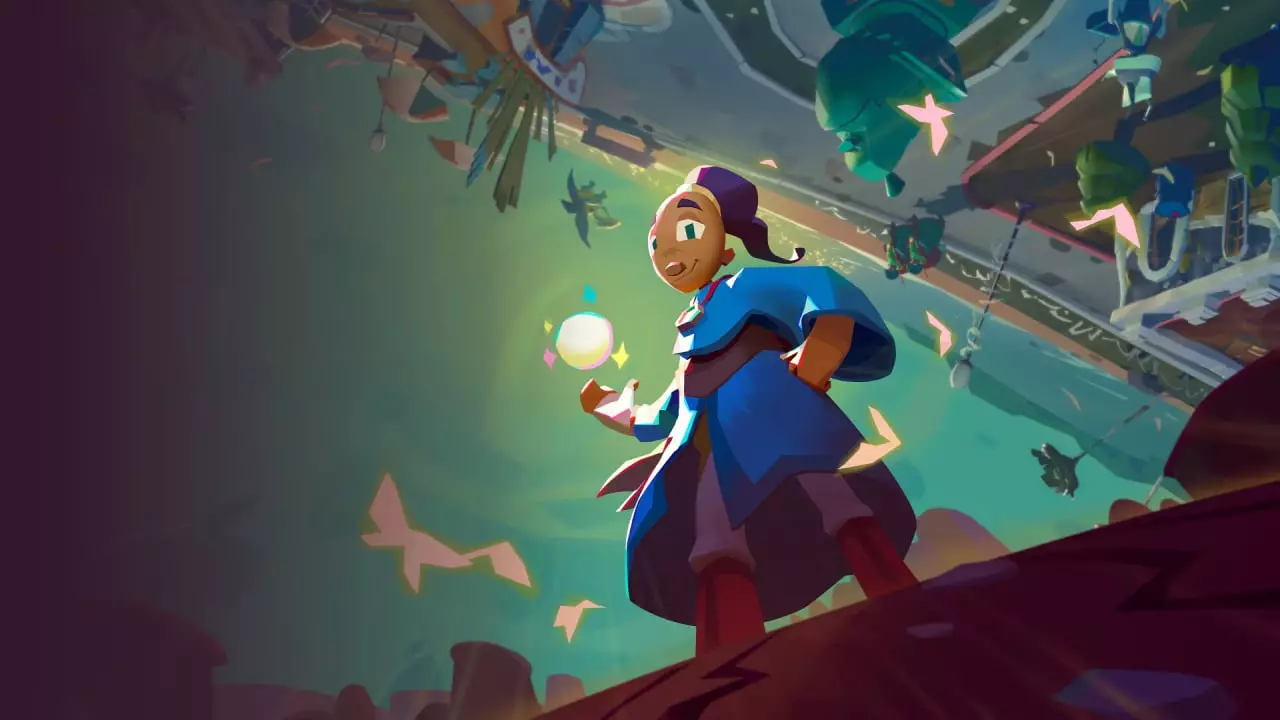The gaming world often reveres those titles that come to define their era, whether through groundbreaking mechanics or compelling narratives. Little Big Adventure, released in the twilight of 1994, is one such title. While it may not have achieved blockbuster sales, its unique ambiance, inventive controls, and engaging narrative about a despot and a chosen hero have carved out a devoted fanbase over the years. As the modern gaming landscape evolves, the ambitious remake of this cult classic poses intriguing questions about both nostalgia and innovation.
The Roots of an Era
The original Little Big Adventure, developed by the French studio Adeline Software, stands as a cornerstone of early 3D adventure games. Its narrative follows the protagonist, Twinsen, who finds himself imprisoned by the malevolent Dr. Funfrock for having prophetic dreams about an impending apocalypse. The backdrop of his quest, from the vibrant streets of Citadel Island to the treacherous icy Hamalayi Mountains, was finely crafted with a blend of whimsical yet daunting environments, which encouraged exploration and discovery.
As an inaugural project of Adeline Software, the title paved the way for a sequel that aimed to expand upon its richly woven world. However, now the mantle has been taken up by studio [2.21], which has enlisted the help of some original team members, including composer Philippe Vachey, tasked with reimagining the iconic theme that remains ingrained in the memories of long-time fans. The studio’s intent to modernize both games in anticipation of completing a trilogy has certainly piqued the interest of those who cherish the original franchise and its distinct storytelling ethos.
One of the most significant hurdles faced by [2.21] was reinventing Twinsen’s mode-switching control system, which may have been innovative for its time but has aged poorly. Players could toggle between several moods, each giving rise to different actions, providing a unique character interaction experience. However, this multitasking approach became cumbersome due to the frequent necessity of pausing gameplay to switch modes.
In an effort to streamline the experience, the smartly analog approach of pressing the controller to control speed has been discarded in favor of having Twinsen perpetually run. While this decision may feel sacrilegious to purists, it arguably allows for smoother gameplay dynamics, less burdened by the clunky controls of the past. However, the absence of the “discreet” mood has left a void; players have lost the ability to tiptoe around and savor the game’s unforgettable soundtrack, highlighting a critical balancing act between modernity and nostalgia.
The graphical upgrade from 2D isometric backdrops to three-dimensional environments sheds light on how game visuals have evolved. New productions often favor vibrant aesthetics, and the remade visuals of Little Big Adventure hilariously contrast with the game’s original tone. However, the earnestness of the original sound effects remains a time capsule of whimsy—boinging noises and energetic quirks still resonate through this revamped edition.
Despite these efforts, the new animations feel jarring in execution at times. The abruptness of character movements, particularly how Twinsen halts too suddenly when players release the movement stick, disrupts the immersion that newer titles have made such strides to achieve. While this remake offers delightful transportive moments, other stylistic missteps prevent it from fully capturing the charm of its ancestor.
Narrative Depth Amidst Frustration
The overarching narrative remains an alluring aspect of Twinsen’s quest. Players navigate through cleverly interwoven fetch quests that advance the story, although these can devolve into frustratingly arbitrary tasks. Essential dialogues necessary for progressing the story can often seem elusive, turning a whimsical adventure into a relentless scavenger hunt, one that requires patience and persistence. Combat and platforming also show their age, offering neither the smoothness nor the satisfaction expected from contemporary gameplay designs.
The Little Big Adventure remake presents a curious kaleidoscope of nostalgia and contemporary gaming paradigms. While [2.21] rose to the challenge of reviving a beloved classic, their efforts reveal the complexity inherent in remaking a game that once captured the hearts of many. The charm and quirkiness of the original title remain intact, yet the looming presence of bugs and a lack of polish results in a product that feels undercooked by modern standards. As history shows, satisfying both long-time enthusiasts and new players proves an ambiguous task—one that continues to shape the discussion surrounding this adventurous revival. The next question remains: will it stand the test of time again, or will it fade into the annals of gaming history? Only time will tell.

